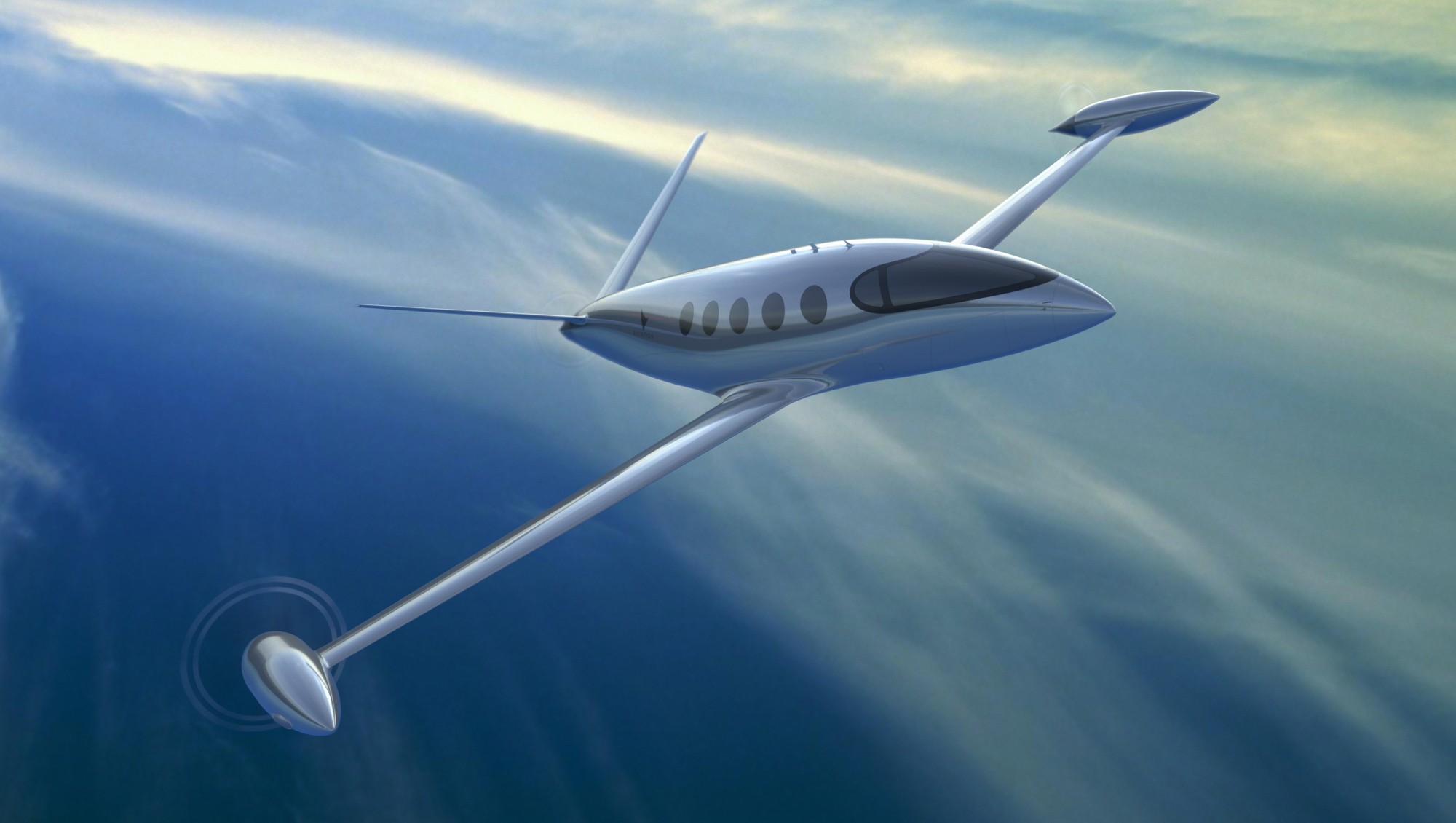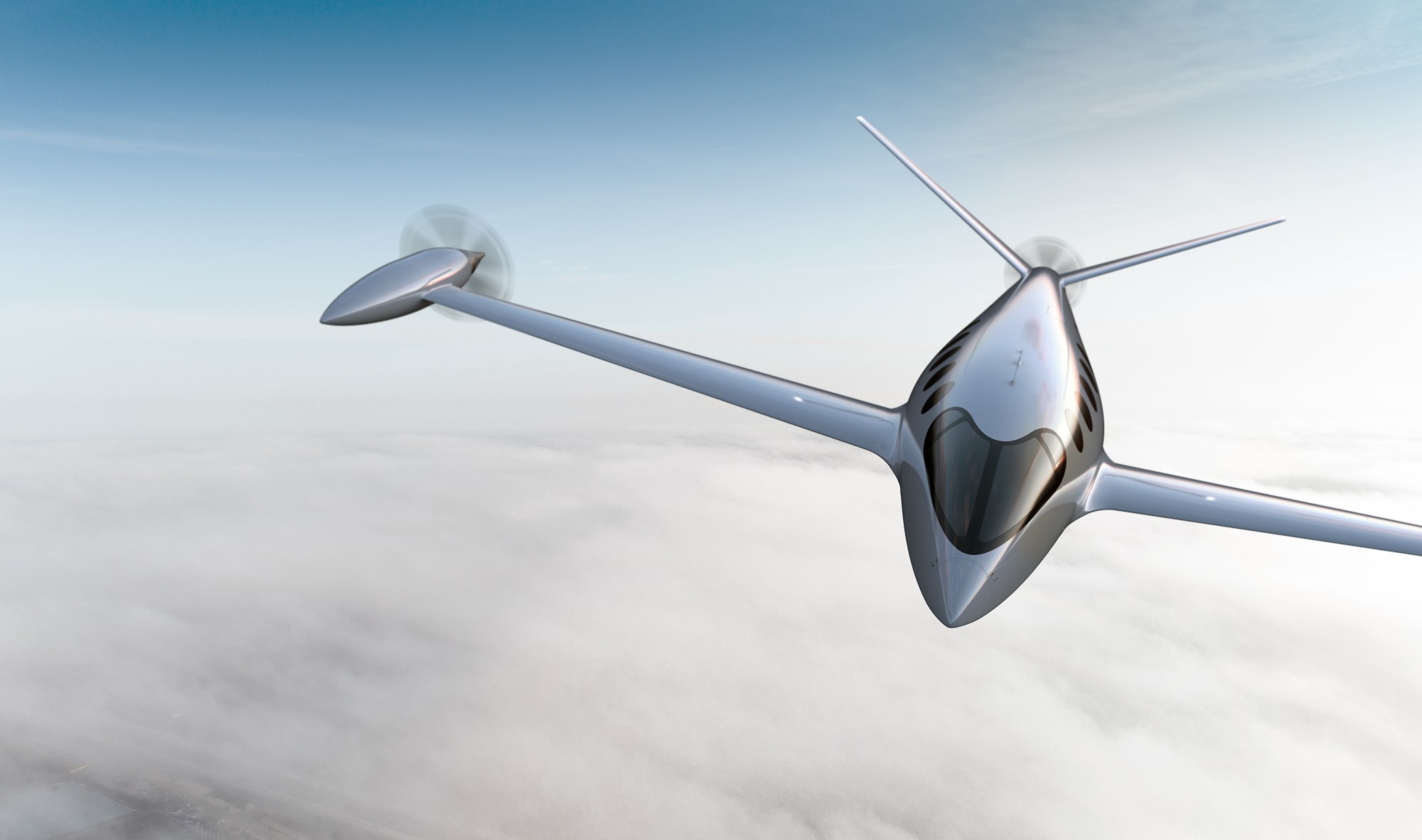The transportation industry is undergoing a significant shift towards electrification, and this trend is reaching new heights with the development of electric aircraft.
NASA is at the forefront of this innovation with its Electric Powertrain Flight Demonstration (EPFD) program, which aims to create hybrid-electric propulsion systems for commercial airplanes.
Launched in 2021, the EPFD program provides funding and support to companies developing these technologies.
Two such companies, GE Aviation and magniX USA, have received a combined $253 million in grants to conduct ground and flight testing. This includes access to NASA’s advanced testing facilities, like the NASA Electric Aircraft Testbed (NEAT).
NEAT, located in Ohio, is a one-stop shop for simulating all aspects of commercial aircraft operation, from takeoff to landing.

This massive facility can accommodate full-size, single-aisle airplanes, allowing researchers to test electric motors, generators, control systems, and power management for future electric fleets.
In a collaborative effort to develop cleaner skies for regional air travel, NASA and magniX are testing a hybrid-electric propulsion system designed to reduce emissions on flights with capacities of up to 50 passengers.
To ensure the system performs optimally under real-world conditions, the electric engine underwent a series of high-altitude tests at NASA’s NEAT facility, simulating the thin air and extreme temperatures encountered during flight.
This critical testing phase paves the way for the system’s integration into a De Havilland Dash 7 aircraft, targeted for flight demonstrations in 2026.
The success of this project holds significant potential for the future of sustainable aviation, informing industry standards and inspiring the development of next-generation electric and hybrid-electric airplanes.

